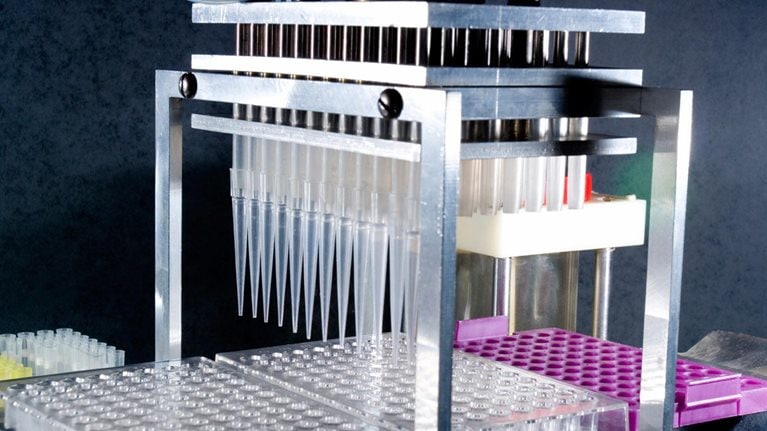Over the past 25 years, the pharmaceutical industry has created more than $1 trillion in shareholder value. Yet during the “decade of doubt,” from 2000 to 2010, significant value eroded. That difficult period also coincided with a 60 percent increase in the rate of spending on research and development, to around 16 percent of sales, from around 10, on average.
Indeed, the inability of the pharma and biotech industries to meet shareholder expectations over the past decade makes R&D look like a gambler’s game. Although a few companies have bucked the trend, it’s not clear if they are really improving their models in the long run. Returns for many companies will deteriorate further (exhibit).
The pharma industry’s return on investment over the past decade makes R&D look like a gambler’s game.

Still, we have good reasons to think that big pharma can once again make R&D a strong contributor to value creation. Unmet patient needs, scientific advances, and increasing affluence should create continuing opportunities to innovate. Many industry players are piloting new ideas successfully, and regulators are beginning to understand that they need a new type of dialogue with the industry in an era of personalized health care and bioinformatics.
To make pharma R&D a strong value creator, companies must heed several imperatives:
Take only quality shots. The industry doesn’t have enough validated targets in discovery or enough quality pipeline assets to maintain R&D investment at the formulaic 15 to 20 percent (or any other percentage) of sales. Darwinian discipline in decision making is needed so that only the strongest programs survive.
Make R&D investment variable. Companies must therefore become more flexible—prepared to invest, for example, 5 to 25 percent of their revenues on R&D, depending on fluctuations in the portfolio’s quality, the evolution of the pipeline, and the strength of the team.
Consider “new paradigm” solutions. New approaches include next-generation licensing, effective precompetitive collaboration with other companies, or co-inventing drugs with them. If pharmaceutical companies could collaborate as effectively as high-tech and movie companies do, they could create significant value.
For more, download the full version of this article, “Escaping the sword of Damocles: Toward a new future for pharmaceutical R&D” (PDF 1,799 KB).

